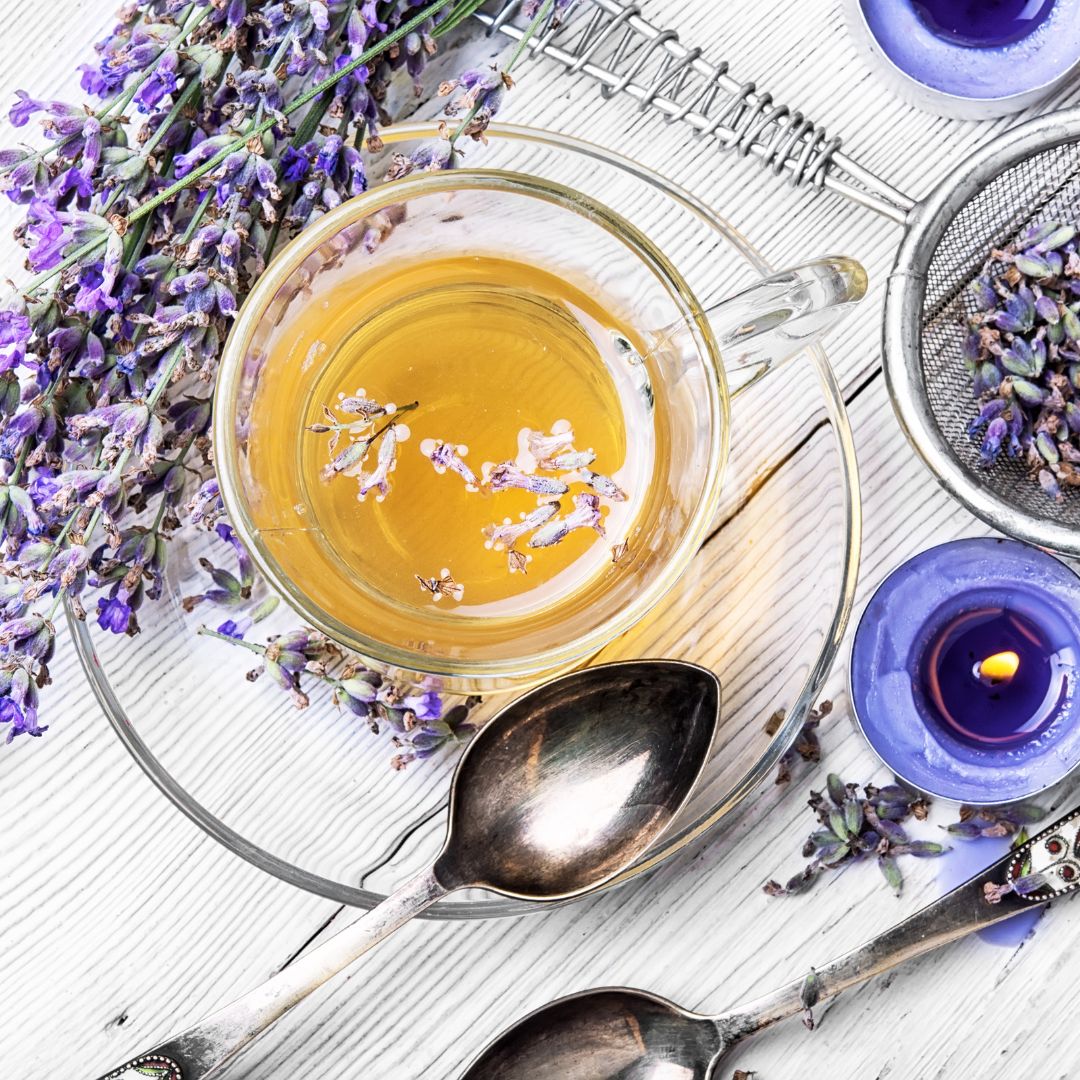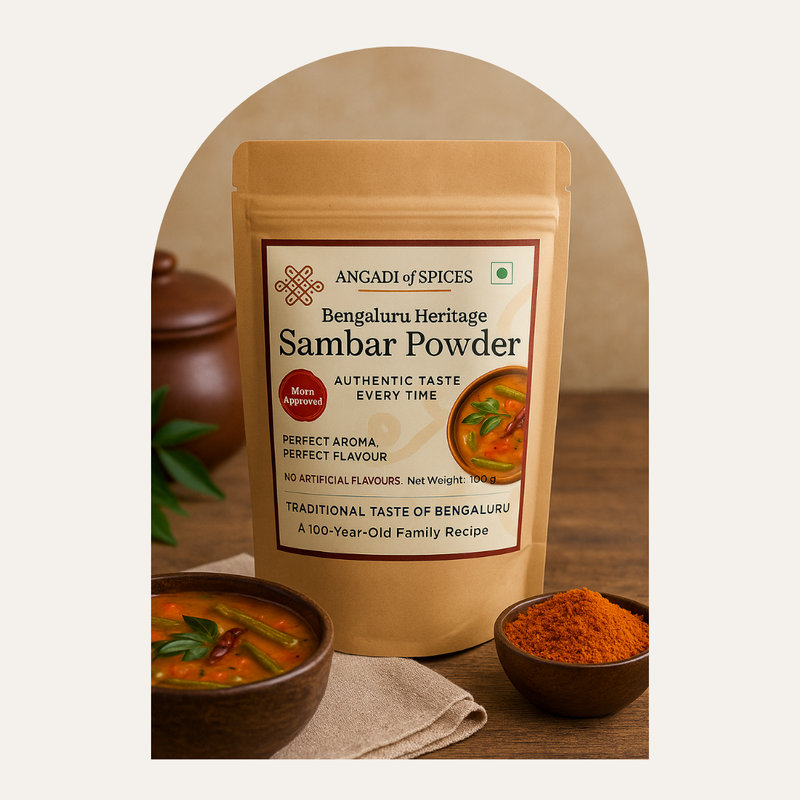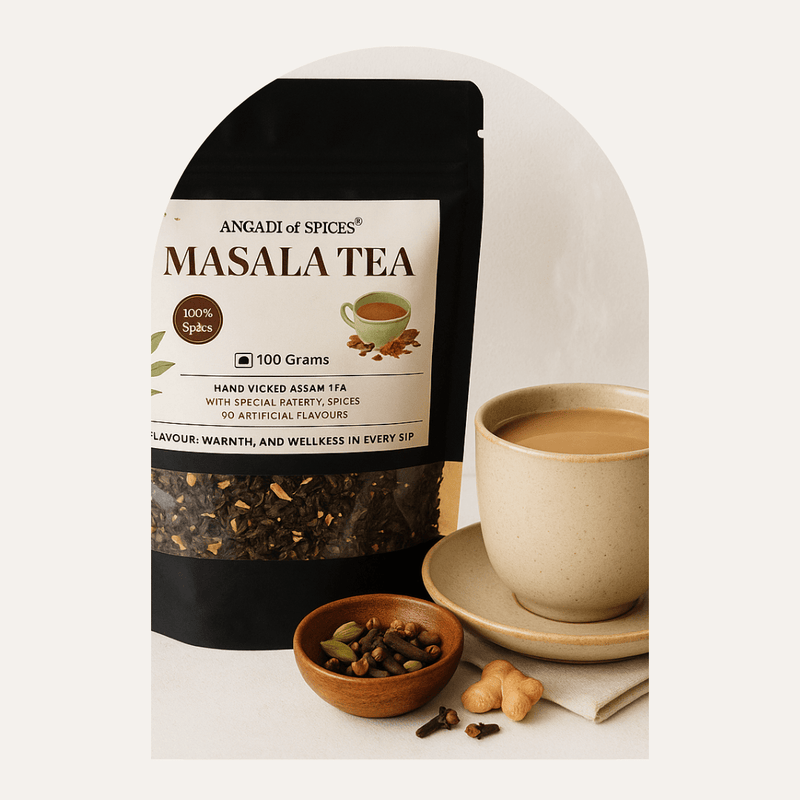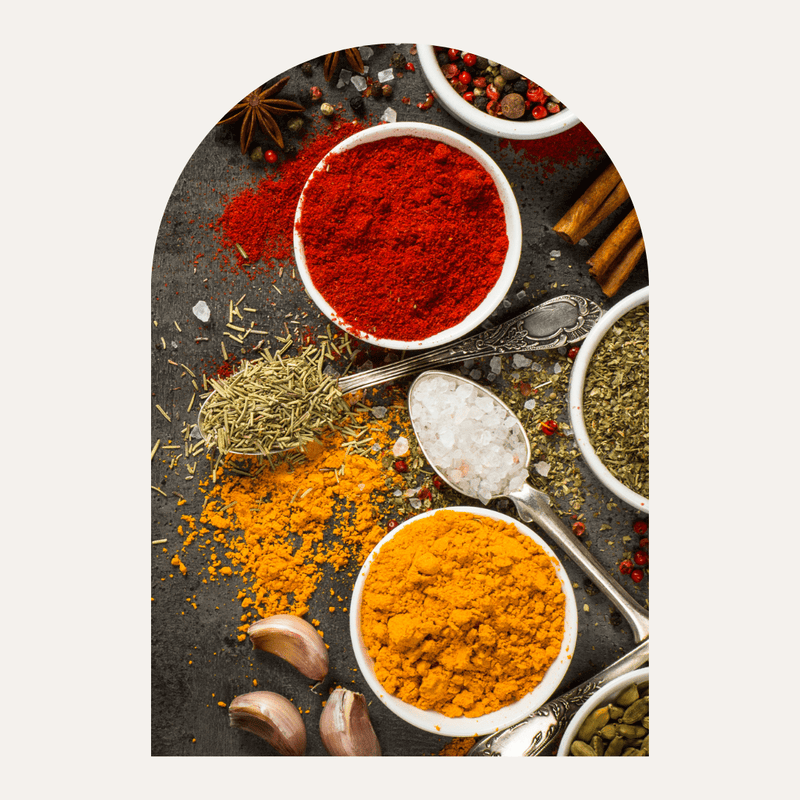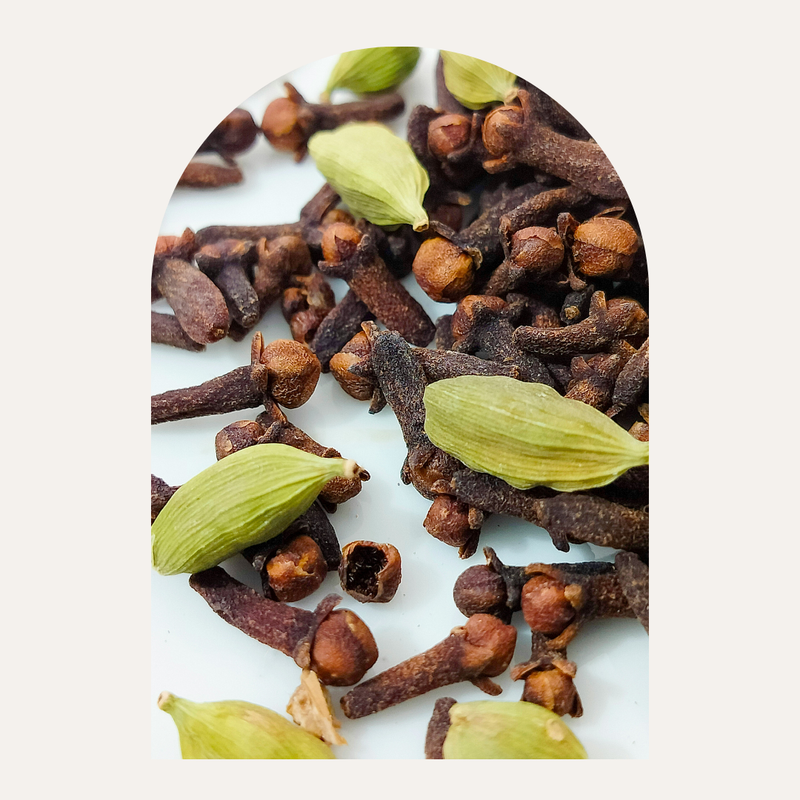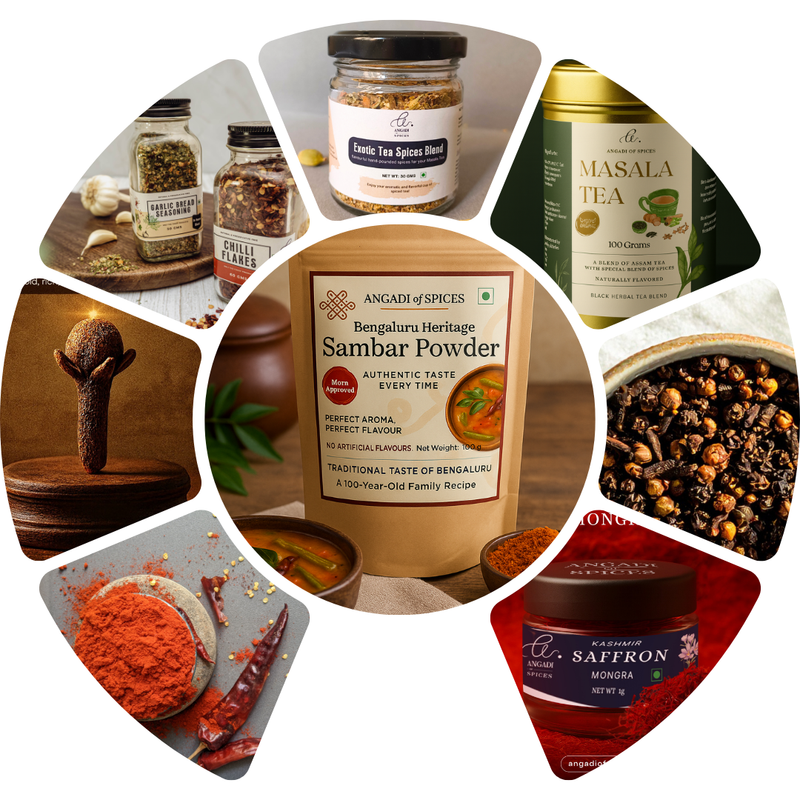Lavender buds Tea Benefits, Flavour, and Brewing Guide: Everything You Need to Know
Introduction to Lavender Tea
Lavender tea, a fragrant and soothing herbal infusion, is made from the dried buds of the lavender plant (Lavandula angustifolia). Known for its calming properties and delicate floral flavour, lavender tea has been cherished for centuries across various cultures. Native to the Mediterranean region, lavender is now cultivated worldwide, admired not only for its beauty but also for its numerous therapeutic benefits.

Health Benefits
Promotes Relaxation and Reduces Stress: Lavender tea is well-known for its ability to promote relaxation and alleviate stress. The natural compounds in lavender, particularly linalool, have a calming effect on the nervous system, making it an ideal beverage for unwinding after a long day.
Supports Sleep: Drinking lavender tea before bedtime can help improve sleep quality. Its sedative properties make it a popular choice for those struggling with insomnia or restlessness, gently encouraging a peaceful night’s sleep.
Aids Digestive Health: Lavender tea can soothe the digestive system, helping to relieve symptoms of indigestion, bloating, and nausea. Its anti-inflammatory properties can also aid in reducing discomfort caused by gastrointestinal issues.
Eases Headaches: The calming effects of lavender tea extend to easing tension headaches and migraines. The natural compounds in lavender can help relax the muscles and reduce the intensity of headaches.
Anti-Inflammatory and Antioxidant Properties: Lavender is rich in antioxidants, which help protect the body from oxidative stress and inflammation. Regular consumption of lavender tea can contribute to overall wellness by reducing the risk of chronic diseases.
Supports Skin Health: Lavender tea, when consumed or applied topically, can benefit the skin. Its anti-inflammatory and antimicrobial properties can help soothe irritated skin, reduce acne, and promote a clear complexion.
Culinary Advantages
Distinct Floral Flavour: Lavender tea has a unique, mildly sweet, and floral flavour with hints of mint and rosemary. It’s a versatile tea that can be enjoyed on its own or blended with other herbs and teas for a more complex taste.
Aromatic Experience: The aromatic qualities of lavender tea enhance the drinking experience, providing a sense of tranquillity and relaxation with every sip.
Versatility: Lavender tea can be used as a base for various blends and culinary creations. It pairs beautifully with chamomile, lemon balm, and even green or black teas. Lavender’s flavour also complements baked goods, desserts, and beverages, making it a popular ingredient in culinary arts.
Additional Advantages
Cultural Significance: Lavender has been used in traditional medicine and cultural practices for centuries. In ancient Rome, it was valued for its cleansing and healing properties, while in medieval Europe, it was used to ward off pests and diseases. Today, lavender continues to be a symbol of calm and wellness.
Caffeine-Free: Lavender tea is naturally caffeine-free, making it a perfect choice for those seeking a relaxing beverage without the stimulating effects of caffeine.
Flavour Profile
Lavender tea is characterized by its delicate, floral flavour with subtle notes of mint and rosemary. The light, calming taste is both soothing and refreshing, making it a wonderful tea to enjoy at any time of the day, particularly in the evening when you’re looking to unwind.
Brewing Instructions

Ingredients:
- 1 tablespoon dried lavender buds (or 1 lavender tea bag)
- 1-2 cups water
- Optional: honey, lemon, or vanilla extract
Instructions:
- Boil Water: Heat 1-2 cups of water until it reaches a rolling boil.
- Add Lavender Buds: Place the dried lavender buds or tea bag into a teapot or cup.
- Pour Water Over Lavender: Pour the boiling water over the lavender buds or tea bag to release the essential oils and flavour.
- Steep: Let the tea steep for about 5-10 minutes, depending on your preferred strength.
- Strain: If using loose lavender buds, strain the tea into a cup using a fine mesh strainer. Remove the tea bag if that’s what you used.
- Add Optional Ingredients: Sweeten the tea with honey, add a slice of lemon, or a drop of vanilla extract for a more complex flavour profile.
- Serve: Enjoy your lavender tea hot as a calming beverage, or let it cool and serve over ice for a refreshing cold drink.
Tips:
- Adjust Strength: For a stronger flavour, increase the amount of lavender buds or steeping time.
- Blends: Experiment with blending lavender with other herbs such as chamomile, mint, or lemon balm for a unique taste experience.
Varieties and Blends
Lavender tea can be enjoyed on its own or blended with other herbs and teas. Popular combinations include lavender with chamomile for enhanced relaxation, or with mint for a refreshing twist. Lavender can also be combined with black or green tea for a more robust flavour, perfect for those who enjoy a more traditional tea experience with a floral accent.
Cultural Significance
Lavender has a long history of use in various cultures, particularly in the Mediterranean region. In ancient times, it was used for its healing properties, as well as in religious and spiritual rituals. Lavender was also a popular ingredient in medieval European households for its pleasant fragrance and believed protective qualities.
Potential Side Effects
Lavender tea is generally safe for most people, but there are a few considerations:
- Allergic Reactions: Individuals allergic to lavender or related plants should avoid lavender tea. Discontinue use if you experience any adverse reactions.
- Pregnancy and Breastfeeding: Pregnant or breastfeeding women should consult with their healthcare provider before consuming lavender tea, as its effects during pregnancy are not fully understood.
- Interactions with Medications: Lavender may interact with certain medications, particularly sedatives. It’s advisable to consult with a healthcare provider if you are on medication.
Storage Tips
To maintain the freshness and potency of lavender tea, store dried lavender buds or tea bags in an airtight container in a cool, dry place, away from direct sunlight. Proper storage will help preserve the tea’s aromatic qualities and ensure it remains flavourful.
Lavender tea is a delightful and soothing beverage that offers a range of health benefits. Its calming effects, combined with its delicate floral flavour, make it a perfect choice for relaxation and stress relief. Whether enjoyed hot or cold, on its own or in a blend, lavender tea is a fragrant and healthful addition to your daily routine. Embrace the tranquillity of lavender tea and make it a part of your wellness journey!

